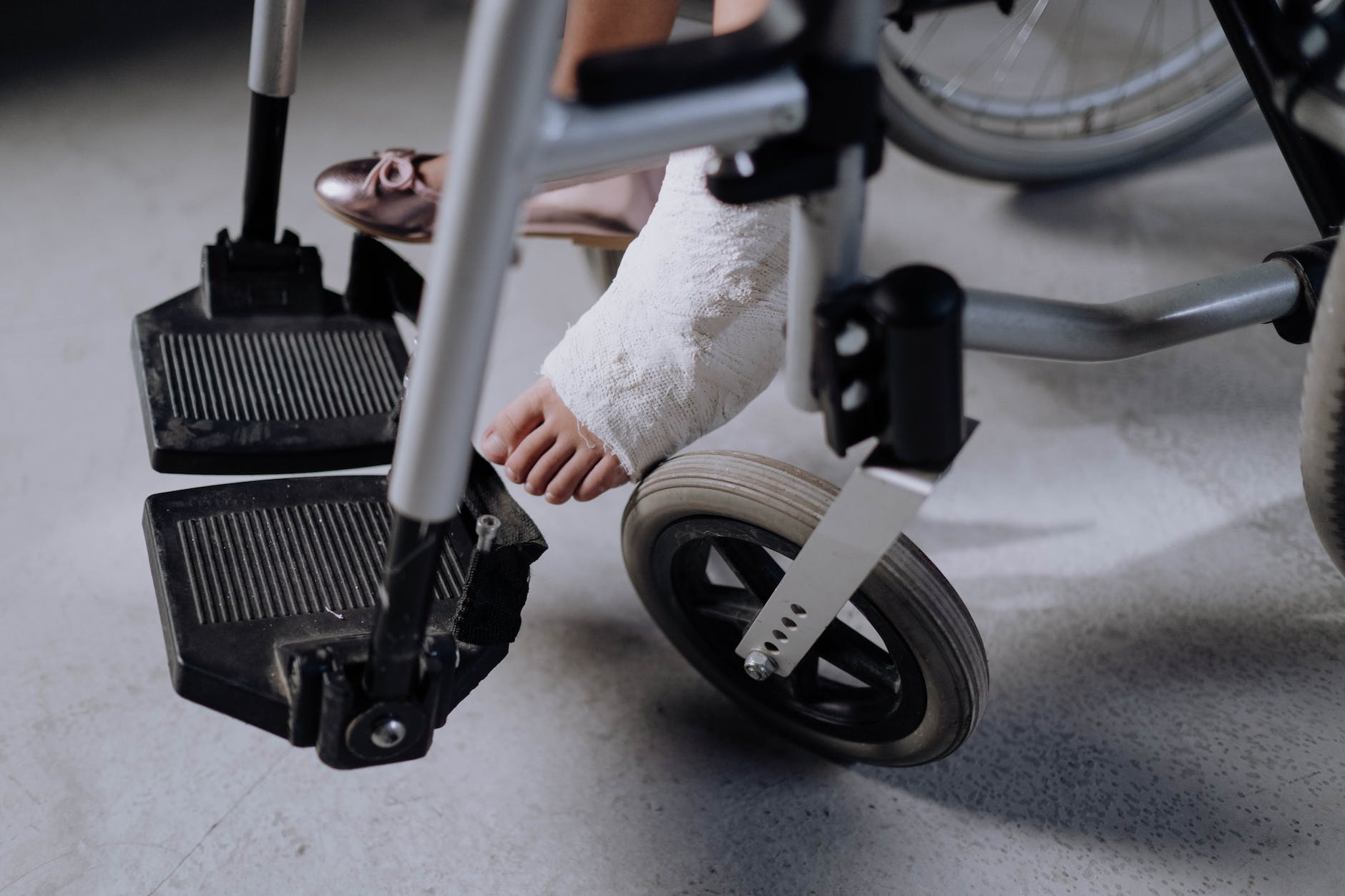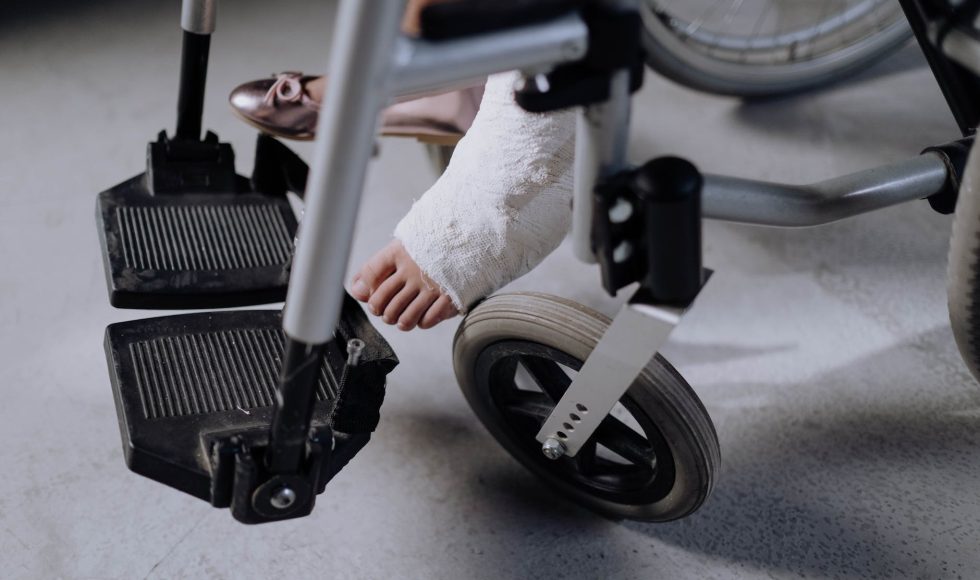Teresa Street from the University of Oxford in the UK presented at the Nanopore Community Meeting 2019 on “Metagenomic nanopore sequencing for analysis of orthopedic device-related infection.” Street spoke about the impact of hip, knee, shoulder, elbow, and ankle replacements and the percentage of revisions due to the suspicion of infection. Further surgeries are often needed. Diagnostic tests are difficult: culture from sonication fluid is used. Sometimes, up to 400 ml of saline is needed for large sites. Wnen samples come in after collection in surgery, some samples are grown up to ten days. Culture-independent molecular methods are available: specific PCR, broad-range 16S PCR, and mass spectrometry are used. Clinical metagenomics for orthopedic studies protocols have been published… mostly focusing on the use of short-read sequencing. Street and colleagues took seven culture-positive and two culture-negative sonication fluids. They used a MinION Mk1 and MIN 105 R9 and R9.4 flow cells with the ligation sequencing kit SQK-LSK 108 or the PCR protocol + rapid adapter ligation. A variety of different base callers were used. The analysis pipeline they developed is called CRuMPIT: Clinical Real-time Metagenomics Pathogen Identification Test using Centrifuge and minimap2. Seven samples were analyzed, producing good concordance between species identified by culture and the majority of species identified by sequencing. Time to species identification was short. There are some limitations with human DNA contamination. Between 80-97% of bases are classified as human. Short read lengths. Detergent use to lyse and remove human DNA is one improvement. The PCR barcoding kit allows for the use of less than ten nanograms. The group is now sequencing on a GridION. They have performed 193 DNA extracts from 85 patients. Street explained that they are trying two approaches: 5% saponin and 5 um filter. Bacterial species identification was achieved with some exceptions below the threshold or because the sequence was not in the database. There may be skin flora and “kitome” contaminants. The read length obtained is above 3 kb. Street concluded that the approach is promising, with 85% of bacterial genera identified by culture observed in the sequencing data. “Near-whole genomes” were obtained. The approach could be applied to a variety of settings outside the clinic, too.



